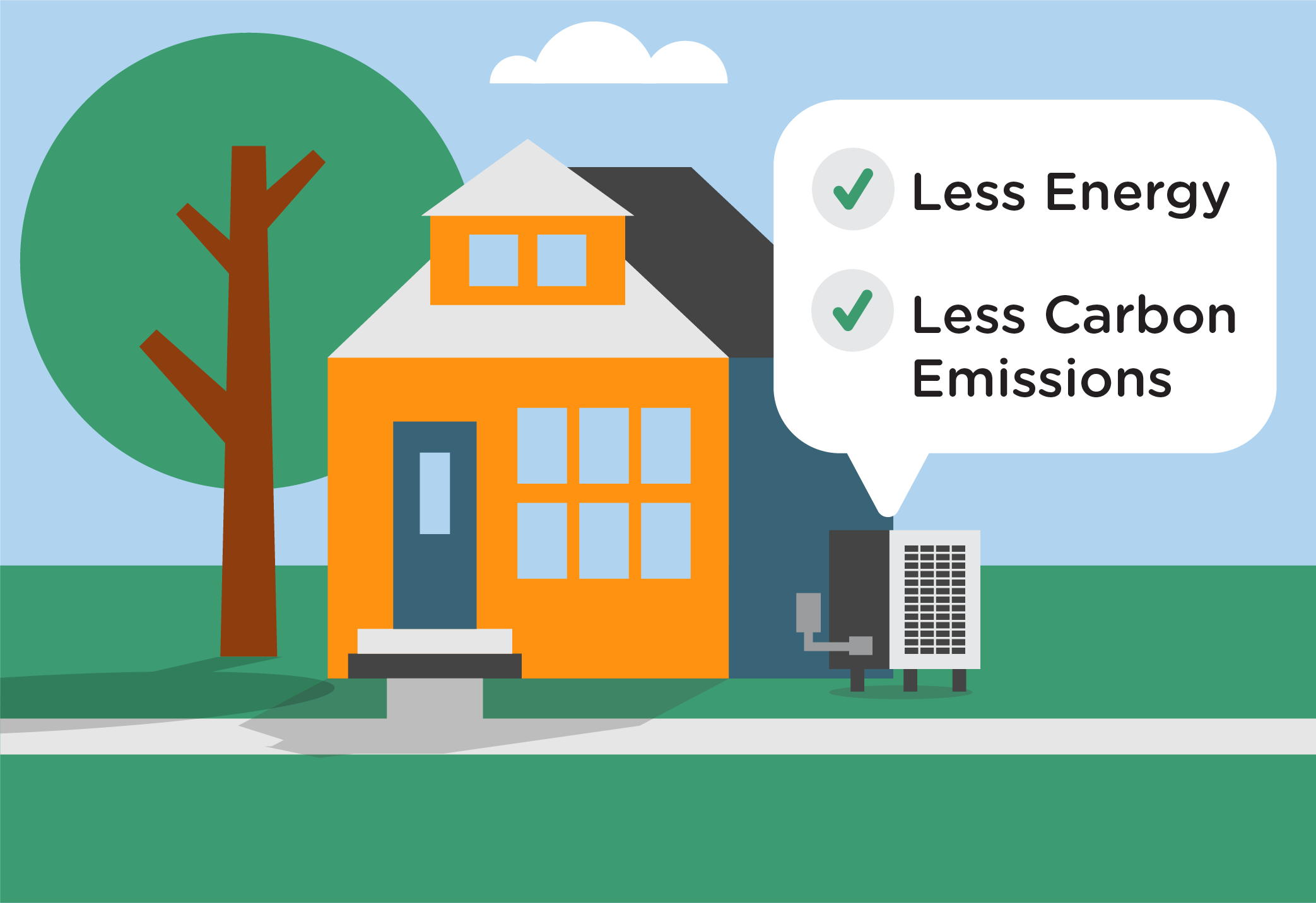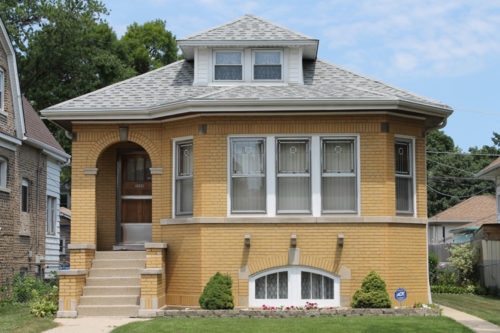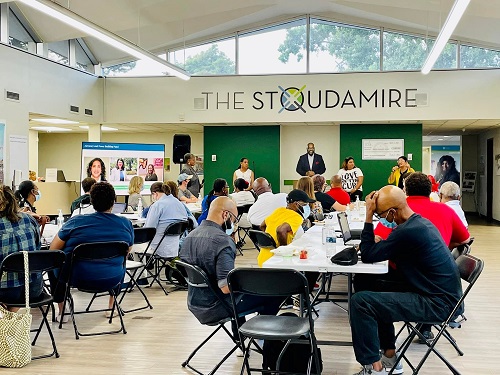How Can We Protect Chicago Homes Against Heat Waves?
This blog was written with Whitney Hayes, Research Analyst with Elevate’s Research and Innovation team.
Despite the fact that summer has just begun, Chicagoans have already seen two heat waves sweep across the city, one of which caused three heat-related deaths. As the planet warms and experts predict a 33-40% increase in Illinois’ seasonal temperatures this year, heat waves are something residents of Chicago should come to expect.
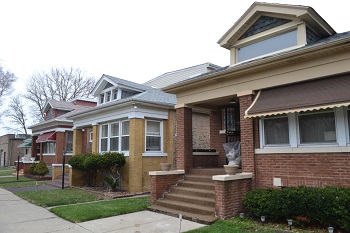
Over 40% of Chicago homes were built before 1942.
However, Chicago’s homes are noticeably out of date to withstand these high temperatures – only 30% of single-family homes in the city have central air conditioning, compared to 76% nationally. Chicago homes need to be invested in to add cooling and reduce carbon, making them resilient against future heat waves.
Disparities in access to cooling
High temperatures and deadly heat waves are not a new problem in Chicago. The historic 1995 heat wave killed over 700 people, and exposed disparities of who has access to a safe and cool home in Chicago. Most of the people who died were seniors living in Black and Latino communities where access to air conditioning and other community resources was extremely limited.
Even today, nearly 30 years later, the differences in homes and apartments with central air conditioning is distinct: in Chicago neighborhoods that are majority Black, only 18% of homes have central air conditioning, compared to 47% of homes in majority white neighborhoods, according to property assessor data. Like so many other climate and public health topics, access to air conditioning is a racial equity issue.
Learn more about exteme heat in a special interview with Elevate on Chicago Access Network Television!
Upgrading homes to be protected from heat waves
Chicago’s homes are sorely in need of upgrades to make us more resilient against the changing climate, especially in these communities that have historically been under resourced for building and infrastructure upgrades. Over 40% of Chicago’s residential housing stock was built before 1942, and can benefit from investment.
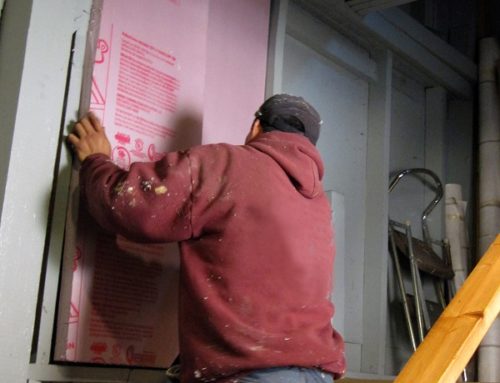
Adding wall insulation helps make a home more energy efficient.
Home upgrades like insulation and air sealing – which work to keep cool air inside and prevent warm air from entering – are essential in these communities to battle extreme weather events. Additionally, installing energy efficient technology like heat pumps (which provide both heating and cooling through the same system) can actually help to reduce energy bills, particularly for Chicago’s older single-family homes and 2-4 unit buildings.
Combined, these different types of upgrades not only keep a home cool, but they dramatically reduce both energy use and carbon emissions. Making our homes more resilient against heat waves also helps fight against climate change that is contributing to these rising challenges.
Cooling action in Chicago
Thankfully, the City of Chicago has already acknowledged that rising temperatures are a major problem and has centered extreme heat as a key part of its 2022 Climate Action Plan.
In addition to upgrading buildings, the City’s outlined initiatives also include the development of a heat vulnerability index “to better discern areas where communities may be in greatest need of strategic climate resilience or public health support.” Data from this index can tell us where the city’s most heat-vulnerable communities are located, and the types of infrastructure investments (like insulation and air conditioning) that are most needed to protect residents from dangerously high temperatures.
The City is also focused on creating community-led resiliency networks that can help support local first responders when heat disasters strike again in the future.
Upgrading Chicago’s housing stock isn’t just a smart idea – it’s a lifesaving necessity. Adding insulation and air conditioning to homes protects people against heat waves while also reducing carbon emissions. It’s one of the essential steps we need to make towards an equitable climate future.
Learn More
For more ways to stay cool this summer, read our “5 Summer Energy Saving Tips” blog.
Learn more about opportunities for homeowners, and stay up to date with our latest news by subscribing to our newsletter.

